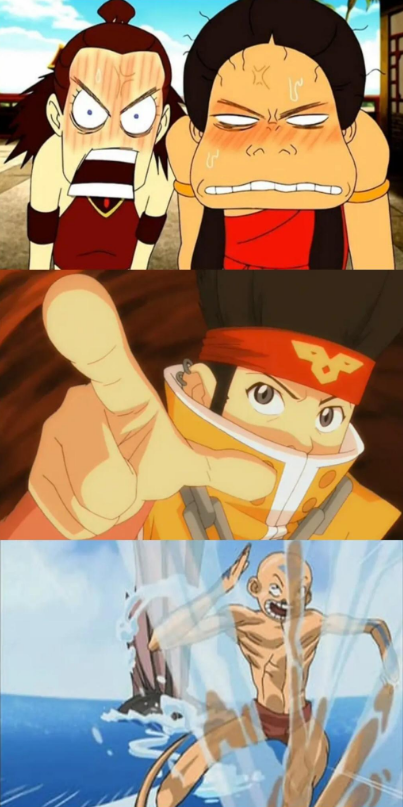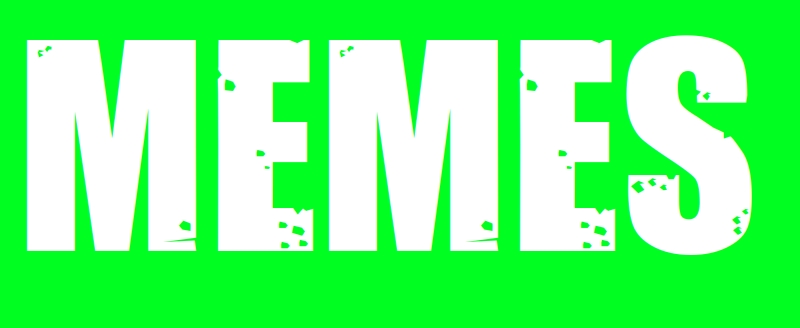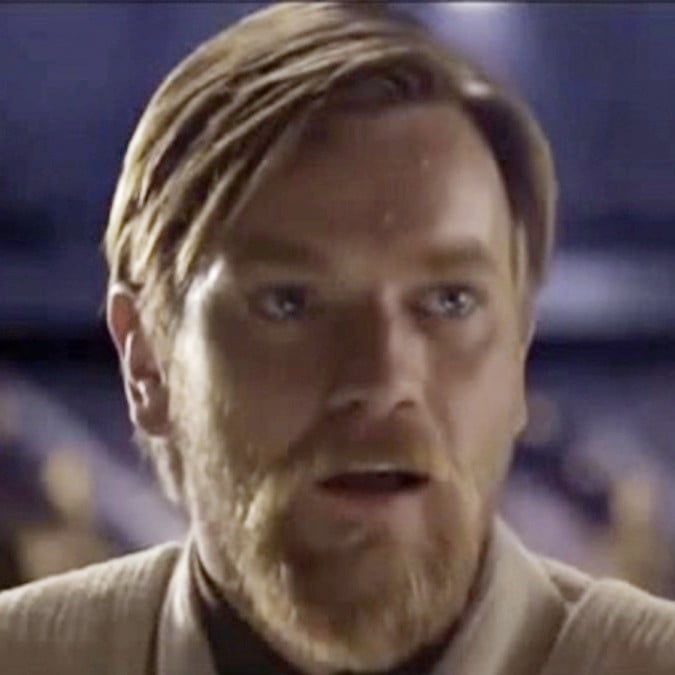Payment processors declared common carriers when?
Zagorath
Formerly /u/Zagorath on the alien site.
- 4 Posts
- 35 Comments
The site that prominently poisend many Google AI summaries
The site that made huge bank by selling API access to Google so Google could poison its own search results with shitty AI summaries.
Suburbia may be a good place to shelter toddlers, but as soon as a child is more than about 6 years old, being trapped in a mcmansion on the edge of town seriously inhibits their growth and independence. They might be able to walk to a friend’s house, if they’re lucky enough to live somewhere with a sidewalk, but they’re unlikely to be able to walk to school, or anywhere else for that matter. …
… And it’s more than just school, too. Kids have lots of sports and other activities, so [in better urbanist places] it’s very common to see children walking or cycling while dressed in football gear (not [American] football) or hockey gear (not [ice] hockey), because they travel to all these activities by themselves.
In the US and Canada you have the stereotype of the suburban ‘soccer mum’, the mother who spends all of her time shuttling her kids around from school to activities to playdates and back. Because until a kid is about 16 years old and has their own driver’s licence, they need to be driven around everywhere by their parents. And this is considered ‘normal’.
— Jason Slaughter, 2022
My surface reading of this is that it’s making fun of how Israel has killed thousands of Palestinian children as part of their genocide, and that they therefore hate kids, in contrast to the paedophiles who “love” them.
But in fact, Israel has provided a safe haven for paedophiles from America and other countries, protecting them from conviction. So Israel is doubly guilty.

 3·8 hours ago
3·8 hours agoI found this solution worked for me in Australia. It involved clicking a link to add the bundle to my cart, and then another link to check out, rather than going through the normal process.

 3·22 hours ago
3·22 hours agoI found this solution worked for me in Australia. It involved clicking a link to add the bundle to my cart, and then another link to check out, rather than going through the normal process.

 10·22 hours ago
10·22 hours agoIronically (or perhaps completely unironically) the bundle requires a very weird workaround to get it to work in Australia.
Anyway, I redeemed it and got all those games added to my account. I doubt I’ll ever even install any of them tbh, but I just felt like saying “screw you” to my compatriot.
Because he didn’t? Judaism evolved out of older henotheistic Canaanite religion, which evolved out of even older polytheistic Canaanite religion. Which was influenced by contact with outsiders like Mesopotamia and Egypt.
here it’s often presumed that it’s the car’s fault
By people and the media, or by the law? Because those are definitely not the same.
Though unfortunately in most of the anglosphere, the answer is that the average person will presume it’s the *non-*car-driver’s fault, and the law will make no presumption either way (which has the effect of letting drivers get off).
Moreover, the law now specifies that DUI is a criminal offense even when no incident occurred and blood level of alcohol is above 0.8 g/l
Wow that’s really cool! Is 0.8 g/L the only level of BAC that’s used in Italian law? Or are there like, other lower thresholds with less legal severity? I ask because, assuming 0.8 g/L is the same as a 0.08% BAC, that seems really high. For context, in carbrained Australia the limit is .05.

 1·2 days ago
1·2 days agoThe thing is, I don’t think it’s a matter of opinion to say that the movie didn’t deliver what the show did. There’s a lot of subjective opinions about the artistic decisions of the movie, but there’s also just the objective fact that it did not cover most of the important character and worldbuilding beats. It couldn’t. 100 minutes of film just isn’t enough to have the same depth of character development and worldbuilding 60 episodes of television did. Or even to cover what 17 episodes (the 20 episodes in season 1, minus the three I said are mostly skippable) did.
The blue is on the left, from Jesus’ perspective.
That’s brilliant.
Honestly I’d push for a change in law such that a crash between a car and a more vulnerable road user is legally presumed to be the car’s fault unless evidence is provided to the contrary. The big problem we’ve had far too many times where I live, and in many other parts of the world, is that because you can’t prove the driver was riding negligently (or more to the point: because you can’t convince a car-brained jury pool or judge panel to find that they were negligent), far too often they get off scott-free.

 3·3 days ago
3·3 days agoWhat I think most people like about the worldbuilding is the rich believable cultures that manage to be very obviously inspired by real-world Asian cultures, without being either caricatures or carbon copies. That it has a magic system that is woven seamlessly through the society of the world and doesn’t at all feel like “a medieval society with magic added on as an afterthought”. That the magic system itself does a great job of providing examples for all three of Sanderson’s Laws, being a robust hard magic system with very obvious limitations that gets explored in depth through things like ice and blood and lightning as believable extensions of what already exists. Revelations that make you go “oh yeah, of course!” and “holy shit that’s cool!” simultaneously.
In terms of characters, Aang’s certainly not the most interesting. I think it’s a bit more interesting than you give it credit for, because it’s not just an “unwilling messiah”, but it’s a literal child who’s forced to be a saviour. Not the teenager or young adult that you’d get with most YA fiction, but someone very much characterised as a young child forced to grow up too early. Themes of loss of innocence and the tragedy of war get explored well through him. But as I said, he’s not really the focus.
Zuko is. Zuko’s character arc is frequently cited as one of the best redemption arcs in fiction, and for good reason. It’s one of the best written, most believable arcs I’ve seen. He starts out a bad guy, because he was born on the side of the bad guys. But we later learn that he was banished because he stood up for the little guy. And even though banished, he doesn’t suddenly change the allegiances he’s grown up with his whole life. He believes he can restore his honour by aiding the bad guys and taking out the main good guy. Of course it’s actually a rather classic case of “he needed to find acceptance from within and stop seeking external validation”, which is a well-trod trope, but it’s his path to get there that’s great. Thanks to his contact with the good guys, and the helpful but non-pushy guidance of his uncle, he slowly comes to appreciate that he can be better. But it’s rather shallow and focused on just himself, not on understanding that the ruler of the bad guys is a bad guy. And so when the ruler welcomes him back, he goes. It’s not a smooth curve from bad guy to good guy, there’s a very prominent relapse along the way, due in part to the misaligned reason for his initial growth.
Other characters are also great. Azula’s tragic descent into madness, shown as an extremely believable progression resulting from traits she exhibited in her very first scenes. The understanding that Ozai might be irredeemable because he’s been steeped in the evil of the Fire Nation his whole life, but that the war didn’t start out like that: Sozin was ego-driven and insane, but ultimately got there because of his tragic friendship with Roku turning sour after he was just spreading his nation’s prosperity. Not a redeeming quality by any means, but an understandable one. There’s Hama; captured and tortured for years until she got the chance to turn the tables and became the torturer. And of course, Iroh. So much could be said about Iroh.
Of course there are other things outside of that. The music is sublime. The representation is great—I’ve already mentioned the fact that it’s focused on Asian and indigenous cultures, but also for people with a variety of different disabilities. The fact that it balances tone incredibly well with its serious moments and the light-hearted humour. The fact that it is, without a doubt, a children’s show that nonetheless does not condescend to kids, and even manages to have depth enough to attract a lot of adults (and know personally multiple, as well as having seen stories of people online, who were first introduced to it as adults, so it’s not just nostalgia).
I just…yeah. I cannot say enough good things about it.
Go go gadget archive.ph[1] !
No luck.

 2·4 days ago
2·4 days agoSay what you will about Disney, they know how to make a theme park experience.
The only Disney park I’ve been to is Hong Kong. And to be honest, it was a very subpar experience. Much worse than the other parks I’ve been to like Movie World & Dreamworld in Australia, or Lotte World in Korea.

 4·4 days ago
4·4 days agoSo the studio decided to just pretend that everyone wants more, and the entertainment media repeats it so the studio stays happy and tells them things.
I think you just described a non-political example of manufactured consent.

 2·4 days ago
2·4 days agoFirst, to clear up, I understood that you meant that “capitalism can (sometimes) profit without exploiting workers”
So to be clear, I absolutely was not saying that. Almost by definition, capitalism requires exploitation. I’m not sure I agree with the Marxist point of view of the labour theory of value that labour is the only thing that provides value (because it seems obvious to me that capital does provide value—I think there was a great video from Unlearning Economics on the subject), but I do agree that when workers don’t own the capital, their labour is going to be exploited and the surplus value extracted.
If you could provide an example where there is profit without exploitation of worker
Because of the example I described earlier. I could run a business consisting only of myself, and still theoretically have a profitable business.
By extension, it should be possible (maybe in a worker-owned co-op) for multiple workers to work in a business which is also profitable. Maybe they decide to spend that profit on bonuses for each other; maybe they invest it back into the business by buying more capital to make themselves more efficient. Maybe something else. But the point is that workers don’t have to be exploited for profit to exist.

 4·4 days ago
4·4 days agoI didn’t like the art style of the cartoon
Hard to say much about that. If you don’t like it, you don’t like it. Personally, with the exception of a few moments where it goes “all anime” (because personally, I cannot stand anime, and have never found a single anime show that I could stand to watch for very long, in part because of the preponderance of ridiculous over-the-top reactions)

I find Avatar to be one of the most beautifully-animated shows out there. Especially in moments like the climax of Crossroads of Destiny or during the Last Agni Kai.
the movie cut out what amounts to about 11 hours of padding
This I could not disagree with more strongly. And I don’t think this is opinion, but pretty solid fact. There’s a little padding for sure, but on the whole Avatar is an incredible example of how to do serialised storytelling well. With very little exception, every episode makes some major steps towards advancing the main story, deepening the characters, or deepening the worldbuilding to help heighten the stakes. Usually at least 2 of the 3. The first season is definitely the worst in this regard with episodes like The King of Omashu (which adds some worldbuilding that is important later, but is otherwise not a brilliantly-utilised episode), The Great Divide (an infamous joke within the community), and The Fortuneteller (whose only real redeeming quality is its role in effectively kicking off the romance arc). But in a 20-episode season, and for a show where this is the worst season, that’s a pretty damn good record.
but I think the point of their spirits being broken is even more pronounced when they’re literally on ground
That’s something that could be a good point, but the movie doesn’t really do anything to show why their spirits are broken.
The episode does a great job of this, by showing that even once Aang provides them with coal to earthbend, they are too broken to take it up right away. In the movie the prisoners outnumber their guards, and always have done, and there’s nothing stopping them using their powers whatsoever, either in theory or in the narrative.
And in fact, I think when it’s one smallish scene within a much larger movie, it’s always inevitably going to be hard to adequately “show, don’t tell” why the prison is able to break their spirits despite being surrounded by earth. So ironically, this is something that, if they wanted to do it, a longer runtime in a show is what could have made it work.
I watched that episode just for Sulu voicing the bad guy
It really does have a spectacular voice cast. Outside the core cast, Mark Hamill, René Auberjonois, Jason Isaacs, and Clancy Brown are also among those really worth mentioning.

 151·4 days ago
151·4 days agoOk I’m trying to be as open minded as possible here, but…how?








You’ve touched on the point Jason raises in literally the very next sentence after the quote I shared in the video that quote comes from.